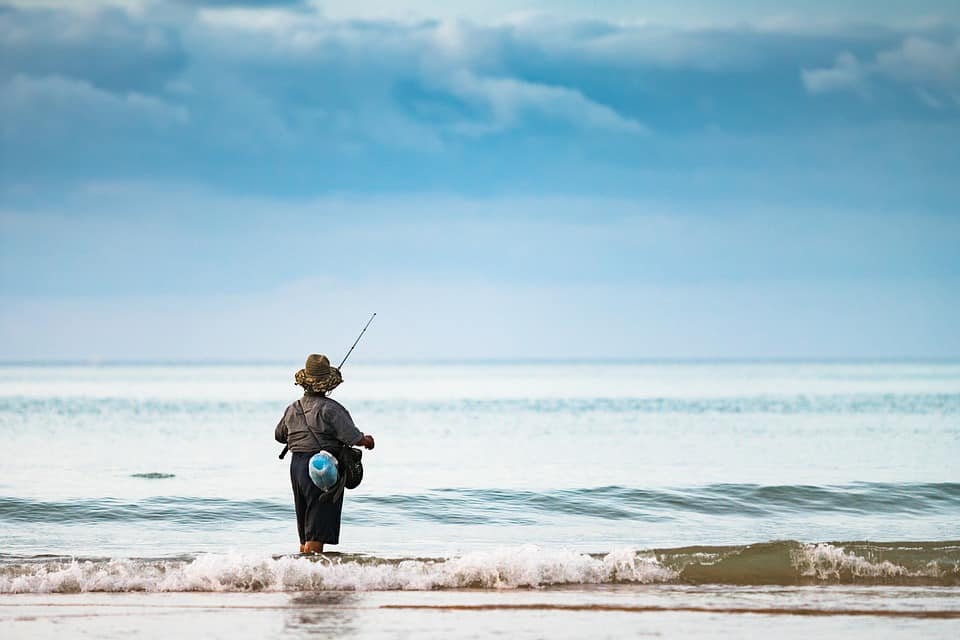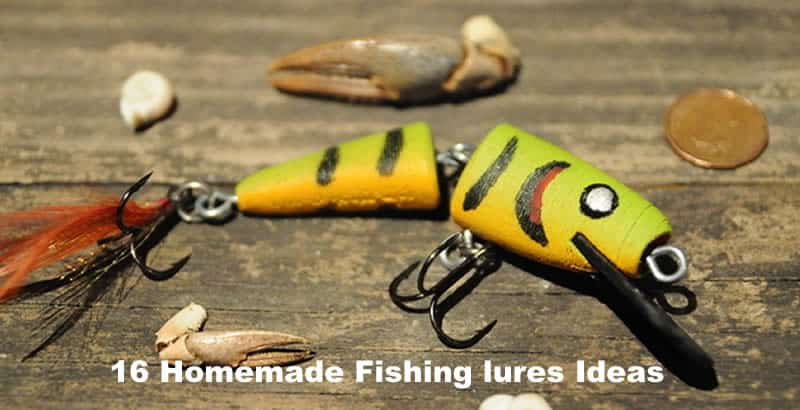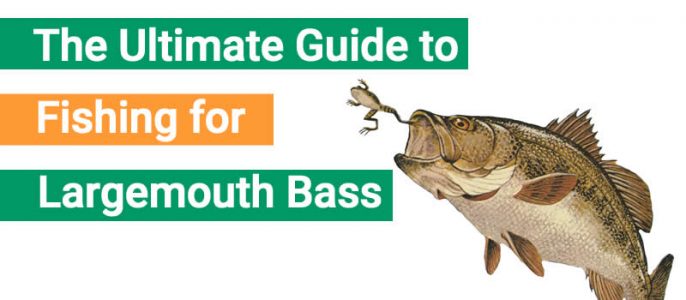If you buy via a link on this page, we may receive a commission, at no extra cost to you.Learn more
Lazy day fishing can sound like a perfect retirement to some and a good way to spend a vacation to others. Cast a line and just relax and wait for the fish to bite. Whether you are sitting on a dock or soaking up the sun on a boat, time spent fishing is never wasted. If you are looking for more of a challenge then maybe fishing for turtles might be what you are looking for.
How to catch a turtle with a fishing pole? If you are planning to fish for turtles, you will need to do the following:
- Use a bobber to see when the turtle takes the bait
- Use slip sinkers to hold the bait at an appropriate depth
- Select appropriate bait for the turtle you are trying to catch
- Pick a location that has plenty of turtles
- Check with local laws to ensure you aren’t breaking any of them

Catching turtles can be a bit of a challenge but in a good way. Figuring out exactly what is needed can be part of the fun. Turtles, as a species, tend to be omnivores, but this doesn’t mean you can put a piece of broccoli on a hook and catch a turtle either. In this post, I will give you the knowledge that will need to become a respectable turtle fisherman in the end.
Use a Bobber When Turtle Fishing
The use of a bobber is needed if you plan to catch turtles. They can help you tell when you have something on the hook and possibly help you to be able to tell if it is a fish or a turtle on the line. Use of a bobber when fishing for turtles is vital. Besides having a visual cue to something going after your bait, a bobber can help keep your bait at the right level for fishing.
When turtles take the bait, they will pull the bobber down, and it will stay down. They don’t typically swim around as a fish does. Instead, they head straight to the bottom of the water to enjoy their meal. This is why having the right bobber for the situation is best.
Turtle Fishing at Night
If you are using a regular fluorescent bobber at night, chances are you won’t see it very well, if at all.
You need to be sure to use one that works best for your situation. If you plan to fish at night, when they are most active, then using a glow in the dark bobber or one with LEDs on it might be a better option. Bobbers help with visual cues, especially when fishing at night. When you are going after something strong, like a turtle can be, you don’t want the line where it can cut you.
Turtle Fishing During the Daylight Hour
If you are planning to just set a line while you are fishing for actual fish, you can use something like an empty, capped milk jug as a bobber. Using a bit of a tougher line than just regular fishing line might be a better idea on this kind of setup since you would not have it in your hand like you would if you were using a fishing pole.
Once you see the jug go down and stay down, you know you probably have a turtle on the line. Most fish will run with something like that where a turtle just goes down to the bottom of the water. You need to apply slow steady pressure to bring it to the surface as a quick jerk may pull the hook right out of its mouth. They may be a bit of a challenge, but it’s worth it in the end.
Don’t Forget Slip Sinkers
Once you know what bobber you will be using, you will want to make sure you have a slip sinker on the line. A slip sinker is one of those little round lead weights that you just pinch onto the line.
You want to make sure that you have one on your line, so the hook doesn’t get too close to the bobber. Otherwise, your bait will float up too high, and the turtle won’t be near enough to get interested in it. Without sinkers, the bait will just kind of float in the current. You want to make sure to reduce the area that it is floating in by weighing down the line a little bit.
Use the Right Bait
With turtles, you have to be careful with the bait that you use. While looser bait will work for some types of fish, a turtle will pull it right off the hook and run off with its treat. You need to use tougher meat that will require them to actually bite into it to break it up enough to eat it.
Many turtle fishermen swear by chicken liver, which is fine if you are looking for less aggressive types of turtles, but if you’re looking to catch a snapper, you need to use tougher meat. Something that has a lot of connective tissue in it works well as does meat that has been freezer burnt, and you plan to throw it away anyways.
The biggest thing to remember with catching snappers is that they are aggressive, not just in eating their meal, but when caught as well. Anything over a one-foot shell length can actually take a finger off if given the opportunity, and I guarantee you it will not give it back willingly. No meal, no matter how good, is worth losing a finger over.
Fishing in the Right Spot
Sometimes it’s not about the bait but the right spot. Whether you are planning to fish in a big lake or a small creek, turtles, especially snappers, can be found in a wide variety of places. Oftentimes, there are more swimming around your boat or along the bank than you may realize.
Turtles are good at hiding, so while you may only see one, there are actually a dozen or more there.
The bottom line is that you need to make sure that there are turtles where you plan to fish for them. Turtles may seem like they are everywhere, but you may have stumbled on an area that is not currently occupied by any turtles, which can happen from time to time. This is especially true if there are others in your local community that also like to fish for turtles and know of that spot.
You want to obviously look to see if you can locate some in the area. Checking for turtles during the day might be a bit harder, but if there are enough in the area, you may see the occasional daytime turtle. If you go just after dusk until around midnight with a flashlight, you should be able to spot a turtle or two roaming around the area if there are any to be seen.
While looking for signs of turtles, check for things like turtle tracks in muddy sand or setting out bait and seeing if it disappears. If they are hiding in the water, you may see a little turtle nose, less than an inch above the surface, sticking out to breathe while it hides underwater.
Know Your Local Laws
In some areas, like the state of Maryland, it is illegal to fish for turtles. They can be a vital part of a local ecosystem, and removing too many of them can have negative effects on that ecosystem. Due to overfishing and the commercial pet trade, in some areas of the US, it is now illegal to fish for turtles.
Other areas now require permits to be able to fish for or remove turtles from their local habitat. Included in the language of some of these laws, many of which were made within the last couple of years, is the inclusion of private land. Even if you own the land, it may still be illegal or illegal without a permit, to catch wild turtles.




